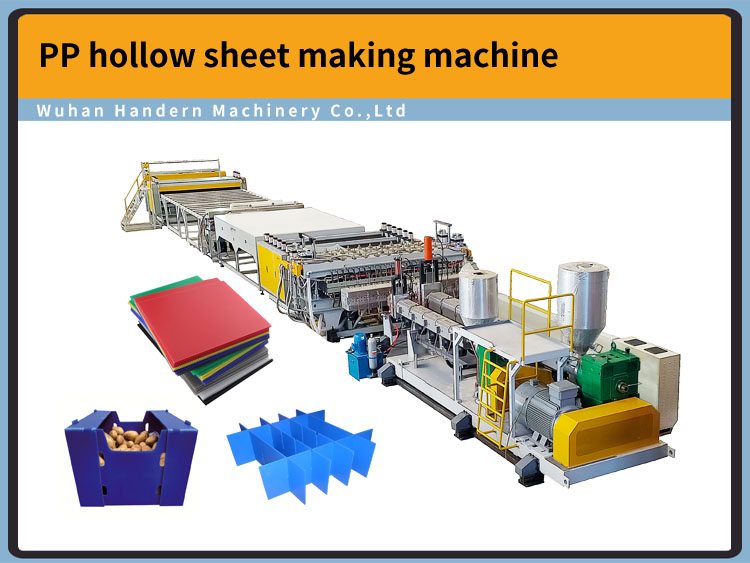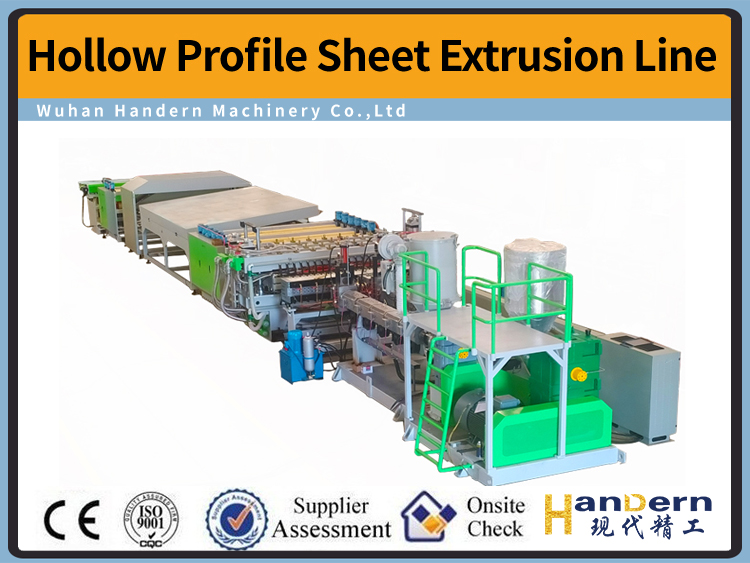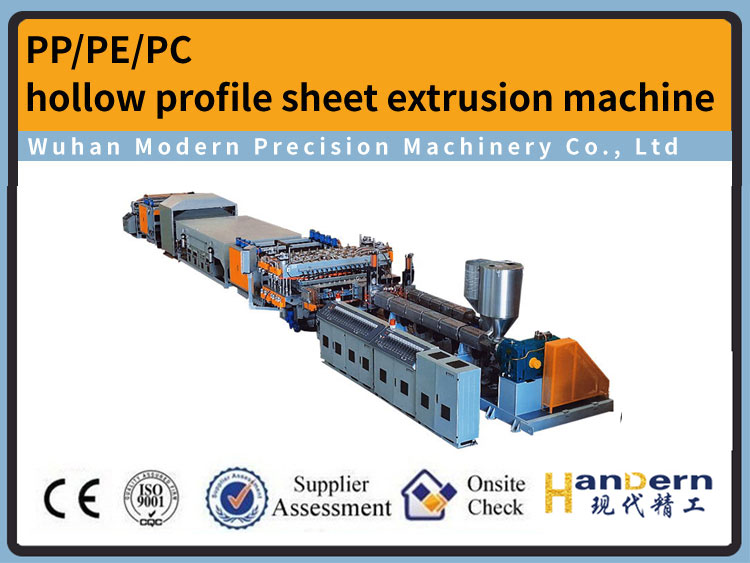Injection pressure
DATE:2022/9/6 9:04:05 / READ: / SOURCE:This station
Injection pressure
Injection pressure refers to the melt pressure at the screw head (metering chamber) during injection. The function of injection pressure is to overcome the resistance of melt flowing from the barrel to the cavity, give the melt a certain filling rate and compact the melt. The injection pressure can be measured by a nozzle or a sensor on a hydraulic circuit. It has no fixed value, and the more difficult it is to fill the mold, the greater the injection pressure.In order to achieve and maintain the set injection speed, the set injection pressure represents the upper limit of the pressure during the injection process. Its final setting should be greater than 20% ~ 30% of the actual injection pressure, as shown in Fig. 2-2. If the preset injection pressure limit is too precise, the pump cannot adjust accurately and quickly according to the set injection speed. If the preset injection pressure limit cannot meet the set injection speed, there will be a large deviation between the actual injection speed and the set injection speed. Too low injection pressure will cause the melt not to fill the mold cavity; On the contrary, if the injection pressure is too high, it will not only cause adverse phenomena such as edge overflow and die expansion, but also cause greater stress in the product, and cause greater damage to the mold and injection molding machine.
In the process of injection molding, with the increase of injection pressure, the filling speed of plastic is accelerated, the flow length is increased, the strength of fusion joints in products is improved, and the weight of products is increased. Therefore, high pressure should be used for forming large-sized, complex and thin-walled products; Higher pressure is also suitable for those plastics with high melt viscosity and high glass transition temperature (such as polycarbonate). Since the internal stress in the products also increases with the increase of injection pressure, the products injected with higher pressure generally need to be annealed
The holding pressure refers to the pressure that needs to continue to maintain the melt flow in order to compensate for the shrinkage of materials in the mold. The holding pressure has a great impact on the quality of molded products. When the holding pressure is not enough, the product will have defects such as depression, bubble and excessive shrinkage; When the holding pressure is too high, problems such as over filling, excessive stress near the gate, and difficulty in demoulding will occur. In order to improve the quality of the products, the segmented holding pressure control can also be adopted. Generally, the following two methods are adopted: ① the decreasing holding pressure step by step can avoid excessive holding pressure, reduce the density difference between the vicinity of the gate and the flow end, reduce the residual stress and avoid deformation. ② Low pressure holding pressure first and then high pressure holding pressure in the first section can prevent burr; The higher holding pressure in the second stage can increase the holding pressure to compensate for shrinkage and avoid surface depression when the surface layer has been cured.
Back pressure refers to the pressure borne by plastic in the plasticizing process, which is the pressure that needs to be generated and exceeded before the screw retreats, also known as plasticizing pressure. Back pressure is one of the important parameters to control the quality of melt and product in injection molding process. Proper back pressure plays an important role in improving product quality.
The back pressure has a great influence on the plasticizing quality and plasticizing ability. The increase of back pressure helps to compact the materials in the screw groove, improve the shearing efficiency, and drive away the gas in the materials. The increase of back pressure increases the screw retraction resistance, slows down the retraction speed, prolongs the thermal history of materials in the sheet, and improves the plasticizing quality of materials. However, too high back pressure will increase the counter flow and leakage of the flame body in the spiral groove of the metering section and reduce the melt conveying capacity. Moreover, too high back pressure will produce excessive shear heat and shear stress, which will degrade materials, easily lead to thermal decomposition or cross-linking deterioration of materials, and increase the discoloration of colorants; At the same time, when the back pressure is too high, the mechanical wear of the pre molding mechanism and the screw material is increased, and the nozzle is easy to salivate; In most cases, the back pressure cannot exceed 20% of the injection pressure (maximum quota) of the injection molding machine.
When the back pressure is adjusted too low, the screw retreats too fast, the density of plastic particles flowing from the hopper into the barrel is small, and the amount of air is large. During injection, part of the pressure will be consumed to compact and expel air. More seriously, if the back pressure is low and the screw speed is high, the plasticizing effect will be poor. When the back pressure is properly adjusted, it can help to improve the quality of the workpiece. ① The melt in the barrel is pushed to the front end of the screw after a long time of mixing in the pre molding process, so the color mixing effect is better than that without back pressure. ② The back pressure makes the pressure at the front end of the barrel higher, and the force to remove various gases in the plastic is greater, which helps reduce crazes or bubbles in the parts ③ when the plastic is pushed forward under a certain pressure, the plastic at each part of the screw groove will move forward smoothly and without stopping, so as to avoid local stagnation in the barrel. If the barrel is cleaned or refueled, the back pressure can be adjusted to an appropriate level during color change, so that the screw can be cleaned quickly and efficiently.
The clamping force (also called clamping force) is an important parameter of the injection molding machine, that is, the clamping force applied by the injection molding machine to the mold. The clamping force, like the injection volume, reflects the capacity of machined products to a certain extent, and is often used as the main parameter to indicate the size of machine specifications. There are two important factors for calculating the clamping force, namely, the projected area and the projected area of the cavity pressure (s), which are the largest areas seen along the opening and closing direction of the mold and can be calculated according to the size of the product. The cavity pressure is affected by the following factors: the number and position of gates, the size of gates, the wall thickness of products, the viscosity characteristics of plastics used, and the injection speed.
Author:admin




